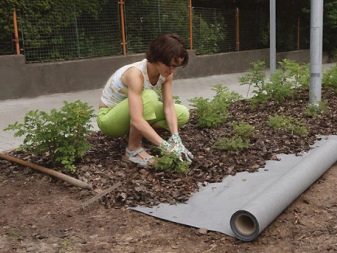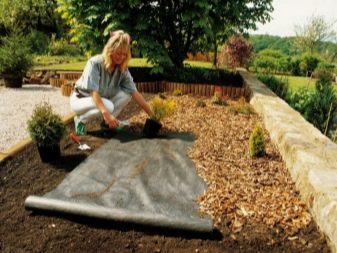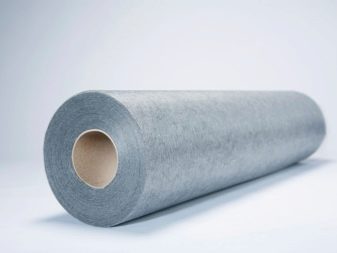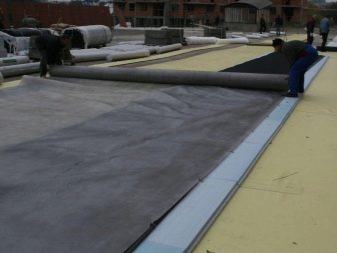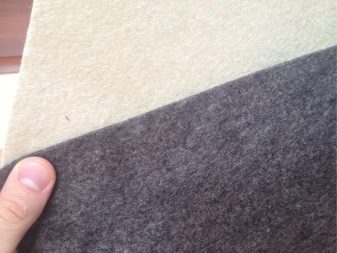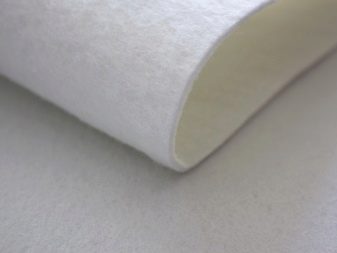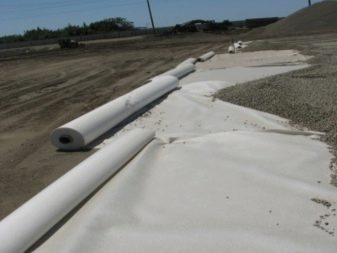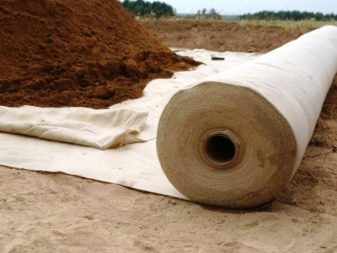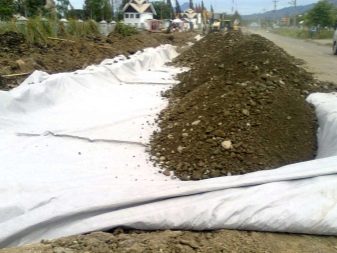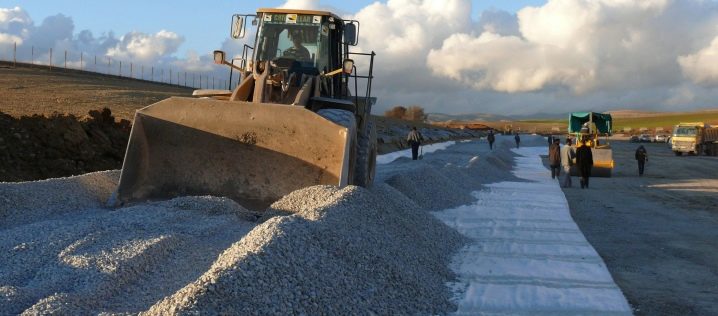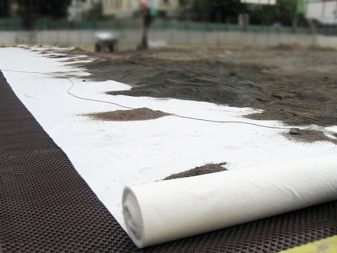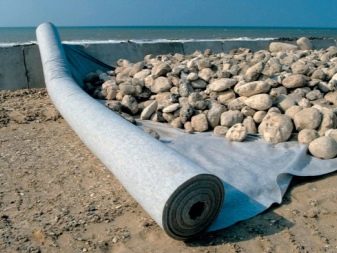Igloprobivna geotextiles: features and specifications
Geotextiles have been used for a long time as a lining for various building structures and their elements. But we can not assume that this is some one material. In fact, designers and developers have managed to create a number of solutions that are appropriate in a particular case.
Special features
Needle punching geotextiles are classified as nonwovens. In its production, endless homogeneous threads (polyester or based on polyamide) are used, which are processed using the needle-punched method, hence the name. Compared with other varieties of geotextiles, these products have improved properties. What is important, it is also distinguished by the ratio of cost and characteristics; no other solution has such properties.
Organic materials are not used in the production of the canvas, and therefore the situation is excluded when the product becomes unusable in a year or two.
Main settings
Such a parameter of a nonwoven geotextile product as its density is very important. This indicator can be in a very wide range, it depends on the strength of the polymer. According to the relevant figures, it is necessary to judge how strong the material is for breaking and what is its thickness. Mechanical strength, or, in other words, breaking strength, is allocated in all classifiers in a separate graph. The strongest grades of material can be safely used in the embankments of railways and highways, while strengthening the river and lake shores.
Another significant property is the relative elongation (expressed as a%). Some types of geotextiles can stretch by hundreds of percent. But such stability is not always justified, it is needed only where it is required to withstand the load and eliminate the gap. When the task is to prevent the movement of the ground mass, highly stretching canvases are impractical.
Important: Depending on the specific material and nuances of the technological process, the extrusion ratio along and across can vary greatly.
Typical pore diameter is tens or hundreds of microns. In order not to be mistaken with the choice, it is worth finding out which particular soils are to be divided. Very large pores will prevent to perform the main task. Very small - quickly filled with silt and can not help in the drainage of the soil. As a result, in either case, the material will have to be considered unfit.
Application
The geotextiles compliant with GOST standards can be used for a variety of purposes.
- Soil separation. Often it is placed on the border of sand and fertile black soil, so that one of the layers does not mix with the other and does not erode.
- Drainage - removal of excess water from adjacent structures.
- Filtering by passing the liquid with the retention of suspended solids.
- Cover weaker materials from destruction.
- Strengthening of sites of soil which can sharply slide.
Such specific tasks allow the use of needle-punched geotextiles in the construction of highways and hydraulic systems in residential and industrial construction. It is used in the organization of landfills, when pulling pipelines of various profiles. The role of this material in landscape design is great. A full description of all possible applications of needle-punched geotextile requires more than one hour. But what has already been said is enough to verify the value of this material.
Geotextiles, obtained by needling technology, are superior to other variants of this material by:
- service life;
- the passage of fluid in the transverse and longitudinal planes;
- excellent drainage function (heat-treated much worse);
- resistance to water ingress (it is practically not absorbed).
Additional Information
Polypropylene geotextiles are produced by repeated piercing with a pointed needle. The simplicity of the technique does not interfere with obtaining strong material and ensure its high resistance to aggressive substances. The fabric will not rot or collapse when exposed to ultraviolet rays.
Geotextiles with density of 500 g / m2 are allowed for use:
- under voluminous geogrids and paving tiles;
- at protection of the membranes installed on various industrial reservoirs;
- in the construction of public roads;
- in the formation of runways at airfields and airports;
- under the foundations of buildings of different heights;
- at car parks, including those receiving cargo transport and special equipment.
The minimum breaking load in accordance with established technical regulations is 500 N / m. Stretching under the influence of mechanical forces can vary from 65 to 130% depending on the particular variety and manufacturer. The material will last at least 25 years and will not harm the environment. The canvas is resistant to vibrations of various strengths. If you choose a geotextile with a density of 200 g / m2, then you can count on loosening the load level of 5.0 kN / m with the most stretching to a break of 130%.
The material in this category performs well even in the manufacture of shoe and furniture products.
Geotextiles of needle-punched type with a density of 100 g / m2 are widely spread. Tearing load on the geotextile fabric starts from 100 N / m, it is extended under the action of applied forces up to 70%. In practice, geotextiles of this category can be used in the production of medical napkins and in the shelter of seeds. But they also harbor drainage pipes, complement the geogrid.The use of such material is widespread in the construction of football and other sports facilities.
About what features igloprobivny textiles, see the following video:

